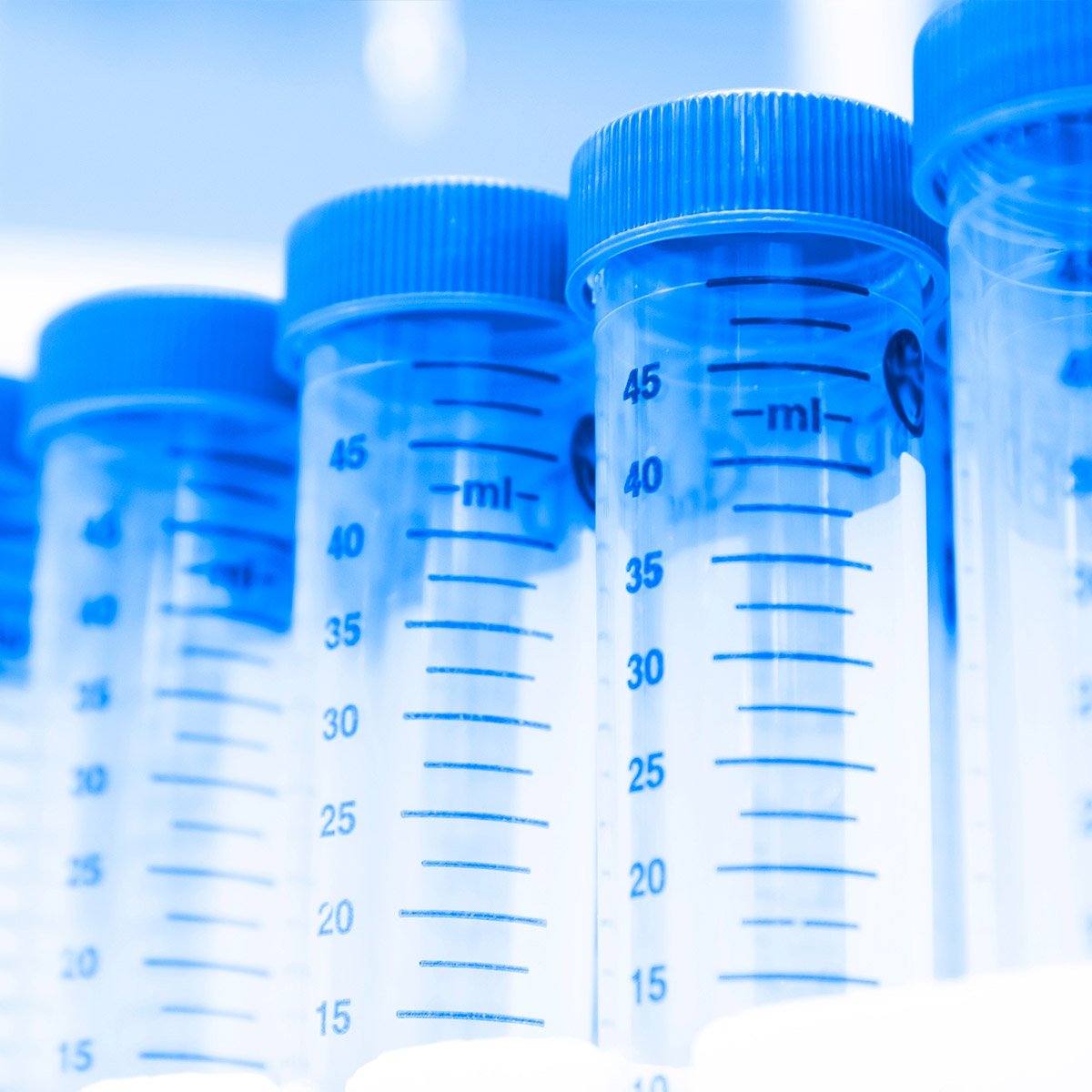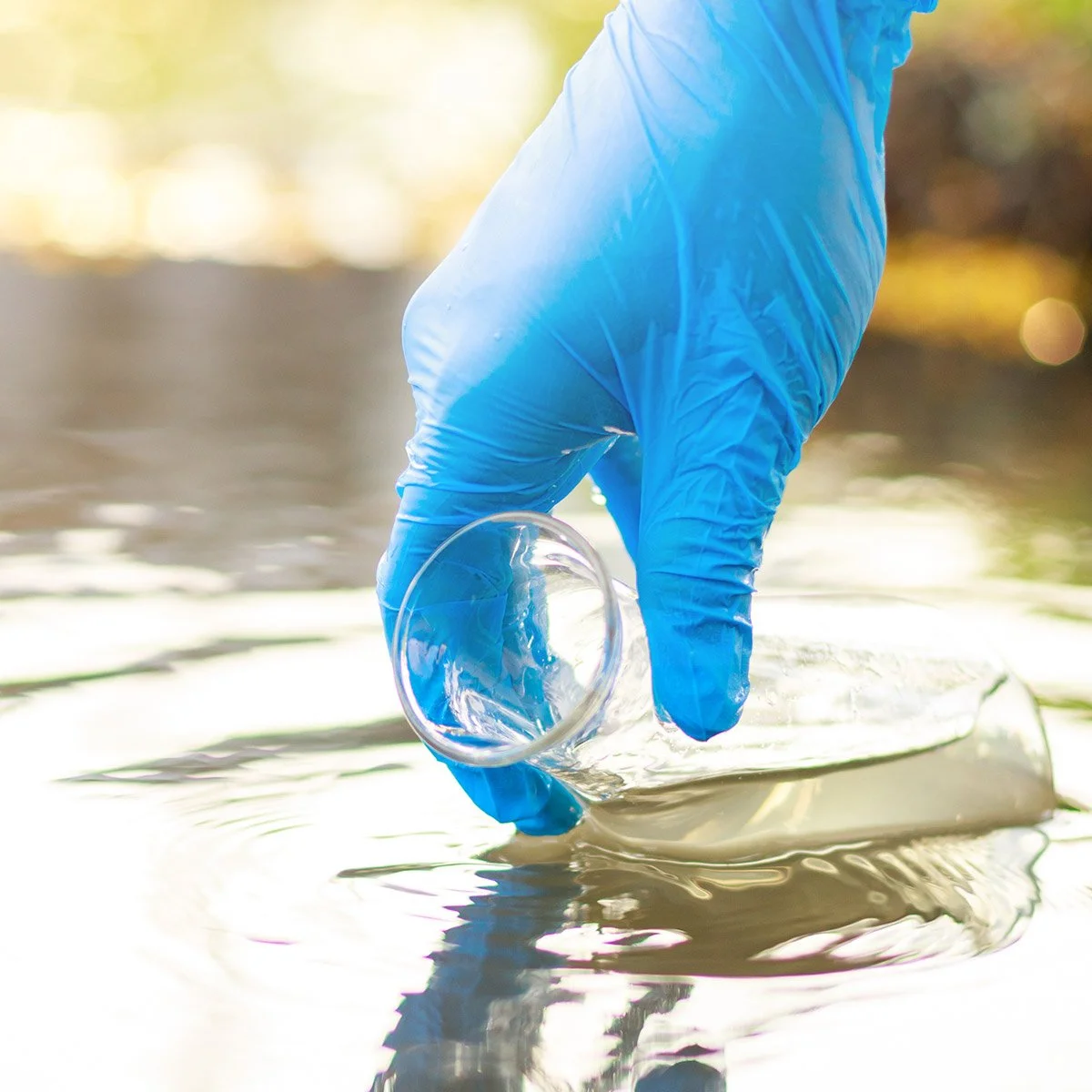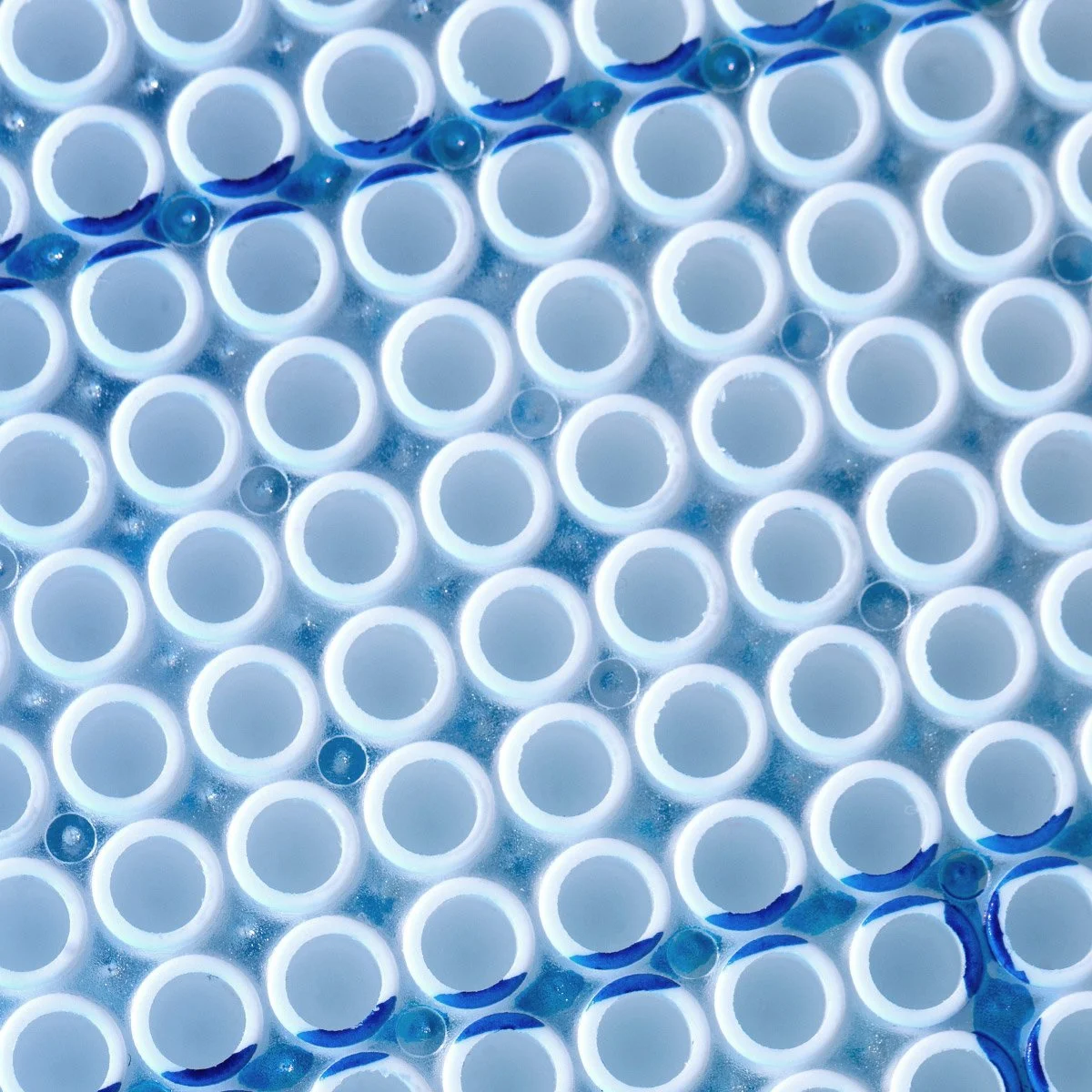When you think of going "green" in the laboratory, does it sound like a distraction? The truth is that there are big benefits to updating your lab material flow system. There are good reasons why research institutions and corporations have re-invented how labs work to facilitate sustainability. Consider the following impact areas of laboratory waste.
Economics
Eliminate laboratory waste because it eats into research funding. The materials that research laboratories consume have both upfront and back end costs. These costs result in part from extra labor and extra energy usage. Not to mention surplus stocks that directly use up funding, while adding to disposal costs. Lab equipment and space that goes un-shared and underutilized is also a considerable monetary waste.
Environmental
Cut lab waste because you love nature! Scientists wonder at the beauty of nature. Thoughtful lab material choices can help to preserve natural resources. Green chemistry avoids pollution. Public funding of scientific research makes environmental accountability implicit. How scientists work should represent why they work.
Human health and well being
Science work is better in sustainable lab space. Dealing with lab waste is a mental distraction and sometimes a health hazard. The more hazardous waste created, the more work that is involved to maintain lab safety. Whereas planning experiments with sustainable materials, designed for easy, eco-friendly disposal, makes the lab becomes a healthier workplace. Sharing specialized equipment space can allow for additional support staff, also saving time for researchers. A mind free from all of these concerns is freer to expand scientific thought.
Lab minimalism is practical laboratory management
There are solutions to minimize laboratory waste, i.e. automated inventory systems that incorporate environmentally preferred purchasing. Please enjoy this ~25 minute webinar created by Labconscious, and the life science reagents company New England Biolabs, for the University of Virginia's Green Lab Event series.
We hope it will inspire life scientists to go green!











